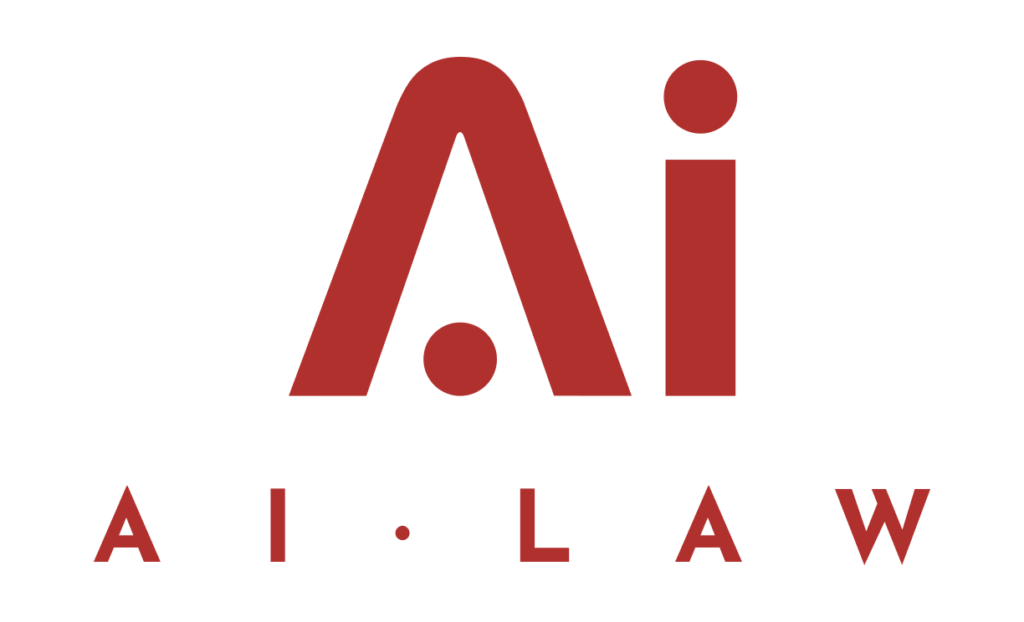Intellectual property (IP) is often a core asset in commercial partnerships, underpinning innovation and providing a competitive edge. Protecting intellectual property in these relationships is essential to safeguard business interests and to ensure all parties benefit fairly from their collaboration. Without careful management, valuable IP may be at risk of misuse, disputes, or loss.
Clear and well-drafted IP clauses in commercial contracts are vital for defining ownership, usage rights, and mechanisms for resolving potential disagreements. Addressing IP protection from the outset helps partners manage risks, comply with legal requirements, and maintain trust throughout the partnership. This approach is especially important in complex or cross-border arrangements, where differences in legal systems can complicate matters.
Understanding Intellectual Property in Commercial Partnerships
In commercial partnerships, intellectual property (IP) plays a pivotal role by influencing ownership, value, and legal responsibilities. Identifying, managing, and protecting IP are crucial steps to ensure that all parties benefit from collaboration and avoid unnecessary disputes.
Types of Intellectual Property Relevant to Partnerships
Commercial partnerships often incorporate several types of IP, each with distinct purposes and legal protections.
The main forms include:
- Patents: Protect inventions, processes, or technical solutions, generally for up to 20 years.
- Trade marks: Distinguish goods or services through names, logos, or slogans, and can be renewed indefinitely.
- Copyright: Covers original works such as software, written materials, and artistic outputs, lasting for the creator’s life plus 70 years.
- Designs: Protect the appearance of products, including patterns and shapes, for up to 25 years.
Selecting the relevant forms of IP for a partnership depends on the sector and specific contributions from each party. Prioritising the correct type enhances legal safeguards and commercial value.
Common Risks and Vulnerabilities
Joint ventures and other partnerships introduce several potential risks to IP.
Failure to clarify ownership or rights can lead to disputes that delay or derail projects.
IP theft and unauthorised use by partners or third parties remain significant concerns.
Poorly drafted agreements can result in the unintended transfer of rights or loss of control.
Unregistered IP or reliance on informal protection methods often exposes businesses to infringement without legal recourse.
To reduce these risks, partners should use robust contracts, secure confidentiality agreements, and ensure that IP rights are properly registered where possible.
Assessing IP Assets Before Collaboration
Before entering a partnership, each party should compile a detailed inventory of IP assets, a clear assessment should cover ownership status, registration details, and any pre-existing third-party claims. This process helps identify potential overlaps or conflicts between the partners’ IP portfolios and It enables effective negotiation concerning usage rights, licensing, and contributions to the joint effort.
Documenting IP assets in a thorough, structured manner helps lay a solid foundation for both commercial success and legal compliance throughout the partnership, due diligence at this stage also helps to set accurate expectations for both value and risk management.
Establishing Legal Protections
Legal protections for intellectual property (IP) in commercial partnerships depend on well-drafted agreements, strict confidentiality measures, and clear definitions of IP ownership and licensing. Each area reduces the risk of IP misuse and helps enforce rights in case of disputes.
Drafting Comprehensive IP Clauses
Effective IP clauses should be tailored to the partnership’s specific assets and goals. They need exact definitions for what constitutes IP in the context of the collaboration, such as patents, trade marks, designs, software, or know-how.
Clauses must specify how existing IP (“background IP”) and newly created IP (“foreground IP”) will be handled. Explicitly state who owns what, and what happens if either party brings prior IP into the collaboration.
Key points to cover include:
- Scope: Define the types of IP involved.
- Use Rights: Set out how each party may use both background and foreground IP.
- Dispute Resolution: Describe processes for handling IP-related disagreements.
These provisions help prevent ambiguity and protect each party’s investment.
Non-Disclosure and Confidentiality Agreements
Non-disclosure agreements (NDAs) and confidentiality clauses are critical in commercial partnerships that involve sensitive IP. These agreements require parties to keep specific information private and outline the permitted use of disclosed materials.
NDAs should detail:
- What is considered confidential,
- Who is bound by the restrictions,
- The time period for confidentiality,
- Any exceptions, such as disclosures required by law.
Clarity in these agreements promotes trust and reduces the likelihood of accidental or intentional leaks. Breaching an NDA can result in contractual remedies, which are enforceable in UK courts.
Defining Ownership and Licensing Rights
Determining ownership of IP—especially when both parties contribute—helps to avoid later disputes. Contracts must indicate whether IP created during the partnership is jointly owned, assigned to one party, or licensed for specific purposes.
Ownership terms should address:
- Whether foreground IP is shared or assigned,
- Registration obligations for new IP rights,
- Processes for transferring or sublicensing rights,
- Consequences if the partnership ends.
Licensing terms specify the extent and limits of IP use by each party. Well-defined licensing provisions support commercialisation while minimising unauthorised exploitation. Clear ownership and licensing provisions are essential for long-term value and protection.
Ongoing Management and Enforcement
Effective protection of intellectual property in commercial partnerships requires continuous oversight, prompt responses to infringements, and updated strategies as business relationships and technology evolve. A proactive approach minimises risk and supports the value of intellectual assets.
Monitoring IP Use and Compliance
Regular monitoring of intellectual property usage ensures that all parties comply with the agreed terms of the partnership. This includes routine audits, review of marketing materials, product checks, and employee conduct assessments.
Digital tools can automate much of this work, scanning for improper uses of trade marks or unauthorised disclosures of confidential information. Clear internal reporting channels make it easier to address concerns swiftly.
It is vital for partners to agree on reporting requirements and key performance indicators. They should also decide who will conduct audits and how frequently these will take place. This helps parties detect misuse or unauthorised exploitation early, reducing the likelihood of escalation.
Handling Breaches and Dispute Resolution
When breaches occur, a swift, structured response is essential. The first step is to gather detailed information about the alleged infringement, including evidence from both parties.
Most partnership agreements set out formal dispute resolution processes, such as negotiation, mediation, or arbitration. These methods can help avoid lengthy litigation and preserve business relationships.
A clear escalation process should guide responses—beginning with internal communication, followed by formal notice, and then progressing to external resolution if needed. For severe infringements, court action may be necessary to secure injunctions or damages. The agreement should clarify which remedies are available for different breaches.
Adapting Agreements for Evolving Partnerships
As partnerships grow or change direction, updating IP agreements is critical to avoid gaps in protection. Factors that may prompt review include new product launches, technology changes, or extension of the partnership scope.
Revisions should address updated ownership rights, licensing terms, confidentiality provisions, and exit procedures. Regular legal reviews ensure that the agreement remains enforceable with regard to new laws or business models.
A table of key triggers for review might include:
| Trigger | Action Required |
|---|---|
| New technology adoption | Update IP clauses and definitions |
| Change in market territory | Amend scope of IP protection |
| Partnership restructure | Reassess rights and obligations |
This ongoing process supports collaboration while protecting the commercial and legal interests of all parties involved.
Frequently Asked Questions
Safeguarding intellectual property (IP) in commercial partnerships requires clear legal frameworks, thorough due diligence, and robust contractual provisions. Rights management, dispute prevention, and effective enforcement strategies are essential for minimising risks and maintaining collaborative trust.
What are the various forms of intellectual property rights one should consider in a business partnership?
Parties should identify assets such as patents, trade marks, copyrights, designs, and trade secrets. Each right may be governed by different legal regimes and registration requirements. Know-how, software, branding, and proprietary technologies should also be accounted for during due diligence.
How can one ensure protection of intellectual property when entering into a commercial alliance?
Conducting IP due diligence helps assess the nature and scope of existing IP assets. Clear documentation of ownership and usage rights, as well as confidentiality agreements, reduces the risk of misappropriation. Registering key rights where possible further strengthens protection.
What are the legal considerations for intellectual property ownership within a partnership framework?
Legal ownership of IP created before or during the partnership must be addressed. It is important to specify whether new IP will be owned jointly, individually, or assigned to one party. The agreement should also clarify how improvements or derivative works will be treated.
Which contractual provisions are recommended for safeguarding intellectual property in a collaboration agreement?
Effective agreements include clauses defining the scope of use, licensing terms, confidentiality, and procedures for handling infringement. Clauses on IP ownership, exit strategy, and dispute resolution provide added security. Limiting the scope and duration of access to sensitive information can reduce risk.
How should a business manage and enforce intellectual property rights post-establishment of a commercial partnership?
Ongoing monitoring of IP usage is essential to detect unauthorised use or potential breaches. Businesses should also review and update agreements as the partnership evolves. If infringement occurs, prompt action—either through negotiation or legal proceedings—safeguards valuable assets.
What steps can be taken to mitigate potential intellectual property disputes among partners in a joint venture?
Establishing clear communication channels and documenting all IP contributions helps prevent misunderstandings. Partners should agree on dispute resolution mechanisms, such as mediation or arbitration, in advance. Periodic reviews of IP rights and obligations provide a foundation for ongoing cooperation.

